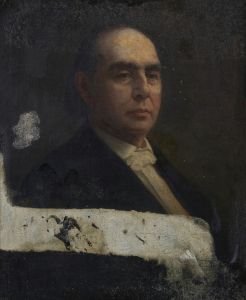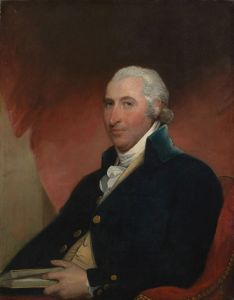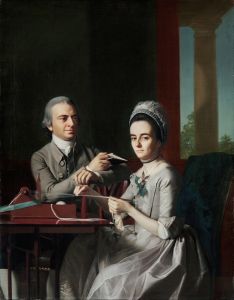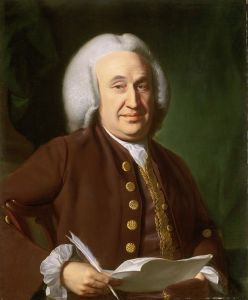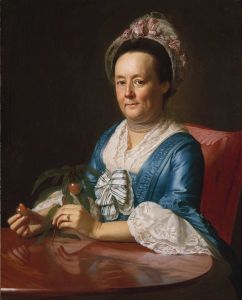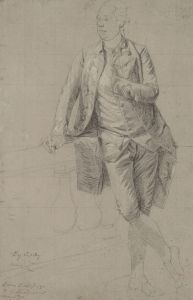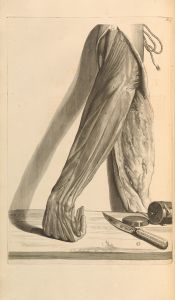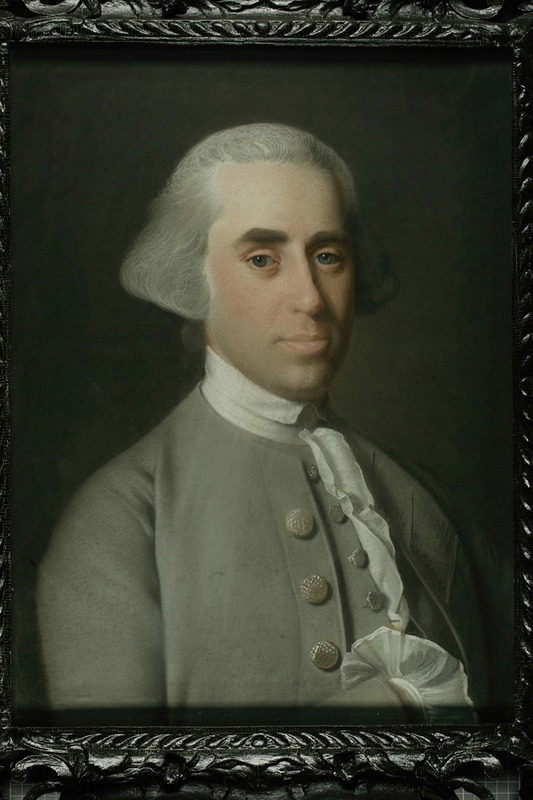
Henry Hill
A hand-painted replica of John Singleton Copley’s masterpiece Henry Hill, meticulously crafted by professional artists to capture the true essence of the original. Each piece is created with museum-quality canvas and rare mineral pigments, carefully painted by experienced artists with delicate brushstrokes and rich, layered colors to perfectly recreate the texture of the original artwork. Unlike machine-printed reproductions, this hand-painted version brings the painting to life, infused with the artist’s emotions and skill in every stroke. Whether for personal collection or home decoration, it instantly elevates the artistic atmosphere of any space.
Henry Hill by John Singleton Copley is a portrait painting created by the renowned American artist John Singleton Copley. Copley, born in 1738 in Boston, Massachusetts, was one of the most influential painters in colonial America, known for his detailed and realistic portraits. His works often captured the likenesses of prominent figures in American society during the 18th century.
The subject of this particular painting, Henry Hill, was a notable figure in colonial Boston. Born in 1736, Hill was a successful merchant and a member of a prominent family. He was involved in the trade and commerce that were vital to the economy of the American colonies during this period. Hill's social standing and economic success would have made him an ideal subject for Copley, who frequently painted members of the colonial elite.
Copley's portrait of Henry Hill is an example of his skill in capturing the character and status of his sitters. The painting is executed with Copley's characteristic attention to detail, particularly in the rendering of textures and fabrics, which was a hallmark of his style. This attention to detail not only showcased the wealth and status of his subjects but also demonstrated Copley's technical prowess as a painter.
The portrait likely depicts Hill in a manner that emphasizes his social position. Copley was known for his ability to convey the personality and status of his subjects through their expressions, posture, and attire. In many of his portraits, Copley included elements that signified the subject's profession or interests, although specific details about the composition of the Henry Hill portrait are not widely documented.
Copley's work during this period was highly sought after, and he became the preeminent portraitist in New England. His ability to capture the essence of his subjects made his portraits valuable both as works of art and as historical documents. The portrait of Henry Hill would have served as a testament to Hill's prominence and success in colonial society.
John Singleton Copley's career eventually took him to England in 1774, where he continued to achieve success as a portraitist and history painter. His move was partly motivated by the desire to expand his artistic horizons and to escape the political tensions in the American colonies leading up to the Revolutionary War. Copley's legacy as a painter is significant, as he is considered one of the foremost artists of his time, bridging the artistic traditions of colonial America and Europe.
The portrait of Henry Hill remains an important example of Copley's work and provides insight into the social and economic fabric of colonial America. It reflects the artist's mastery of portraiture and his ability to immortalize the figures of his era through his art.







